All Stories
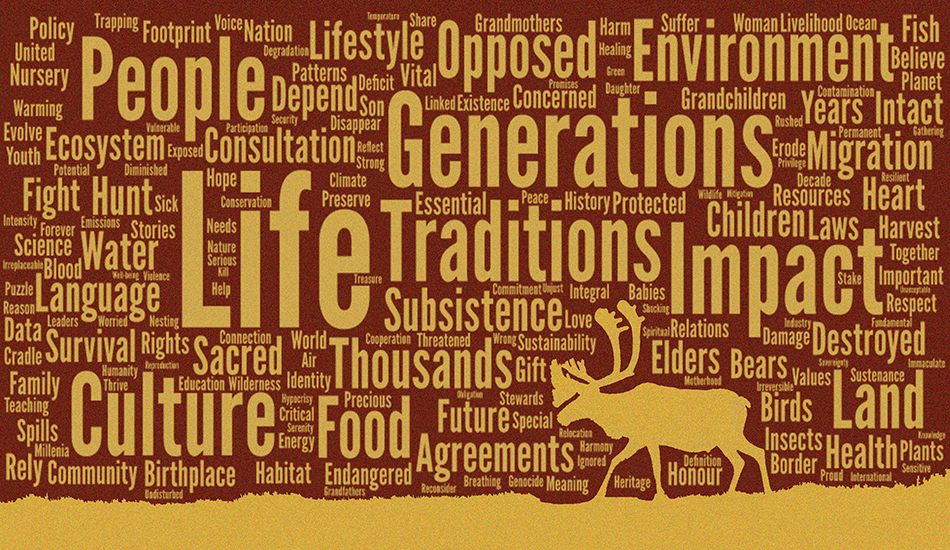
What We Heard: Canadian Perspectives on Drilling in the Arctic Refuge
Over 50% of the Porcupine caribou’s migratory habitat lies within Canadian borders. Yet their critical breeding grounds on the coastal plains lie within U.S. borders and are at risk of being drilled for oil and gas. And it’s not just the caribou. [Learn more]
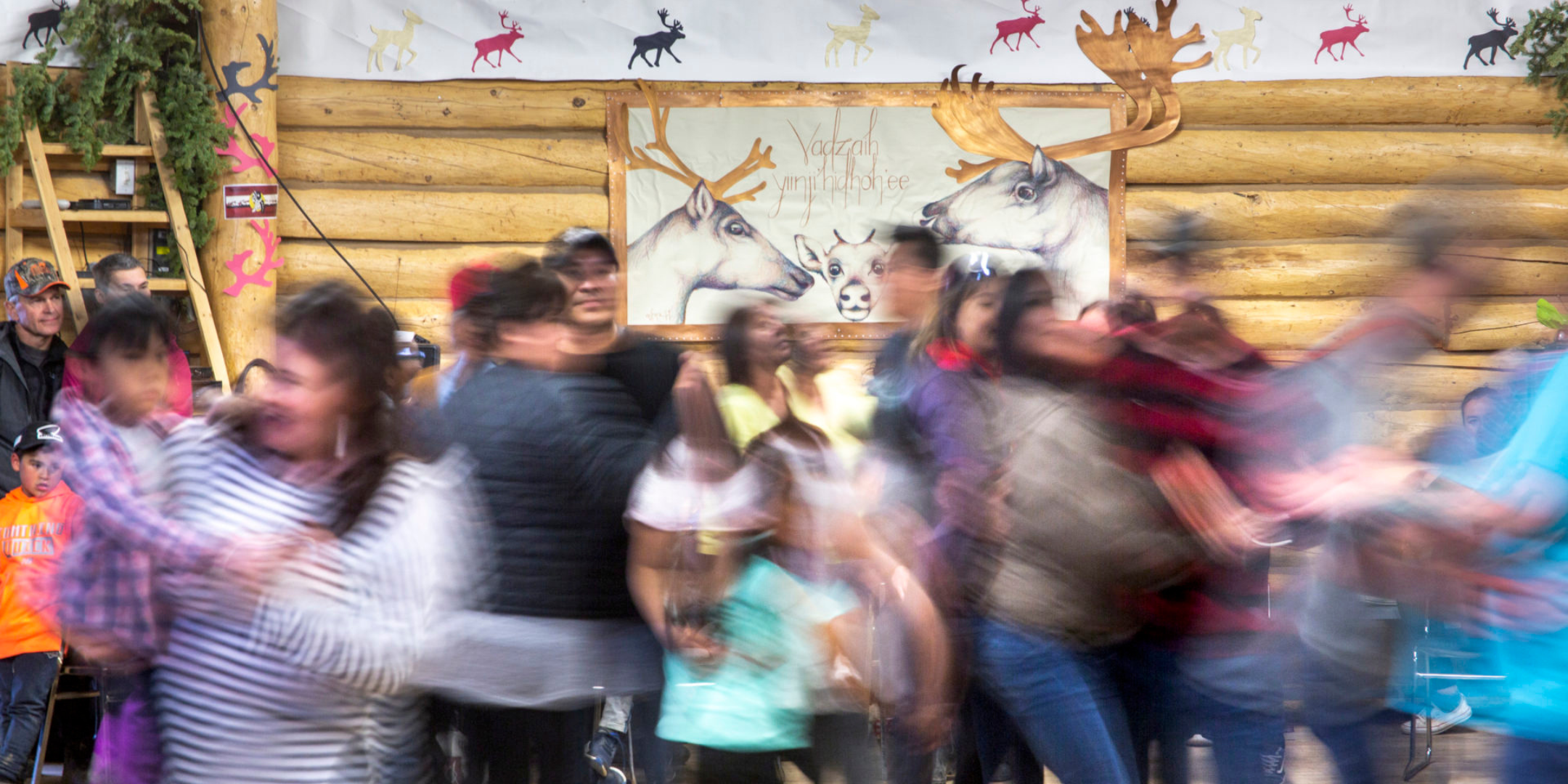
Op-Ed: The return of the caribou
The community of Old Crow is ecstatic at the sight of the Porcupine caribou herd — one of the last large, healthy, migratory herds. But these caribou are threatened by oil drilling in the Arctic Refuge. [Learn more]
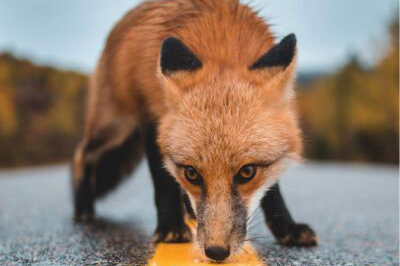
Canada’s Nature Emergency
In Canada we are not immune to the global Nature Emergency. In 2017, WWF Canada found that since 1970 half of all monitored species in Canada have declined. Of those, half declined on average by more than 80%—a shocking collapse of birds, fish, mammals, reptiles, and amphibians. As species decline, the capacity for ecosystems to provide clean air, water, food, climate stabilization, and other essential services declines as well. It is in all our best interests, and in the best interests of future generations, for Canada to take swift and large-scale action to protect and restore nature. Read our 2019 Parks Report for more. [Learn more]

Op-Ed: Foreign funding for local environmental groups no conspiracy
Foreign funding doesn’t mean activism isn’t locally grown. Canada’s economy is connected to the rest of the world. [Learn more]
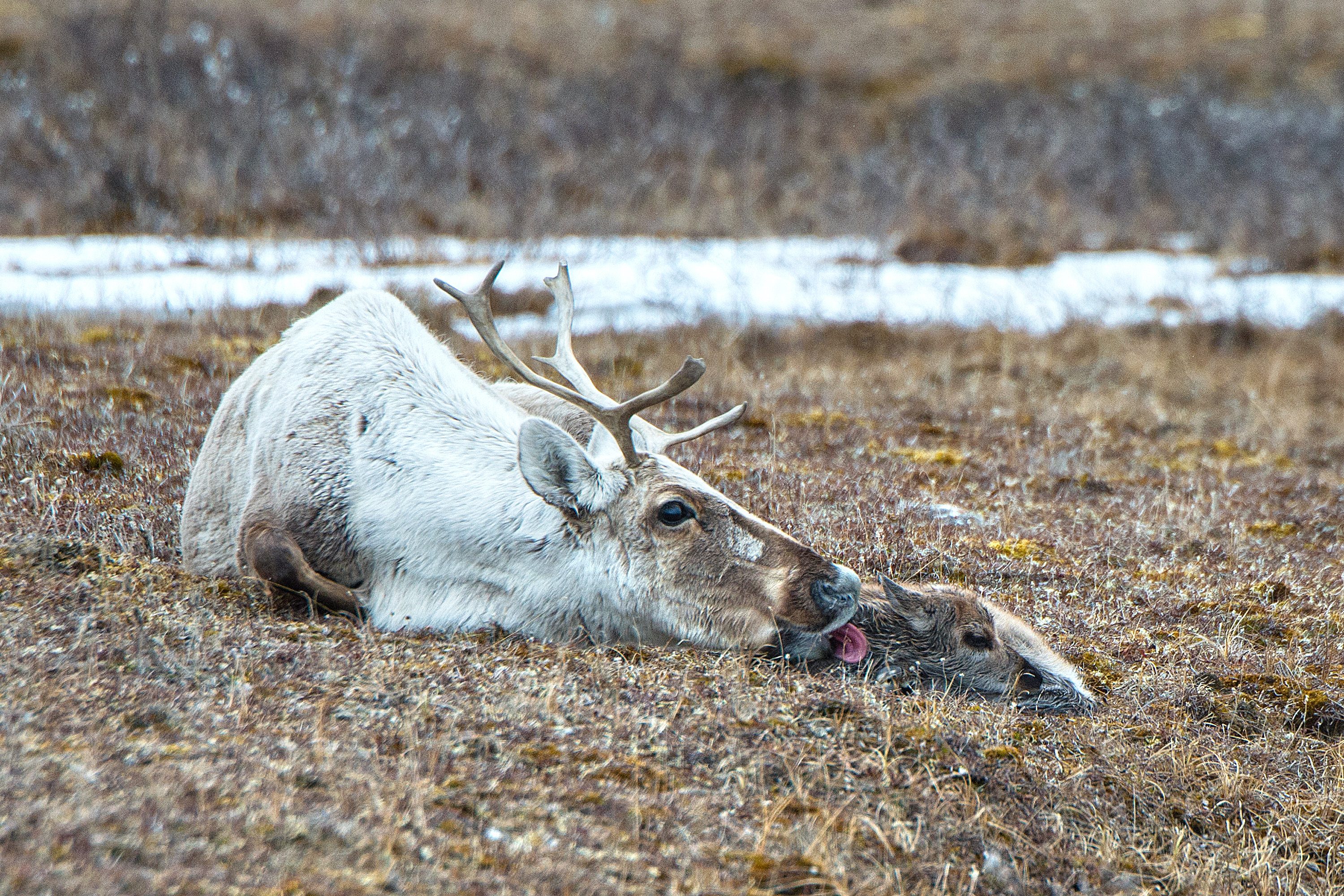
A History of Collaboration and its Role in Protecting the Arctic Refuge
For over 30 years, efforts by the Gwich’in Steering Committee, conservation groups, and the public have been preventing the Arctic Refuge from drilling. This past March, hundreds of Aboriginal Peoples, Yukoners, and First Nation, Territorial and Federal Government came together and wrote comments to protect the Arctic National Wildlife Refuge and the calving grounds of the Porcupine caribou herd. [Learn more]

Feedback Results 2019
The communication feedback survey was conducted between February 8th and February 17th, 2019. Our goal for the survey was to answer the simple question “Is our work being well received by our supporters?” [Learn more]
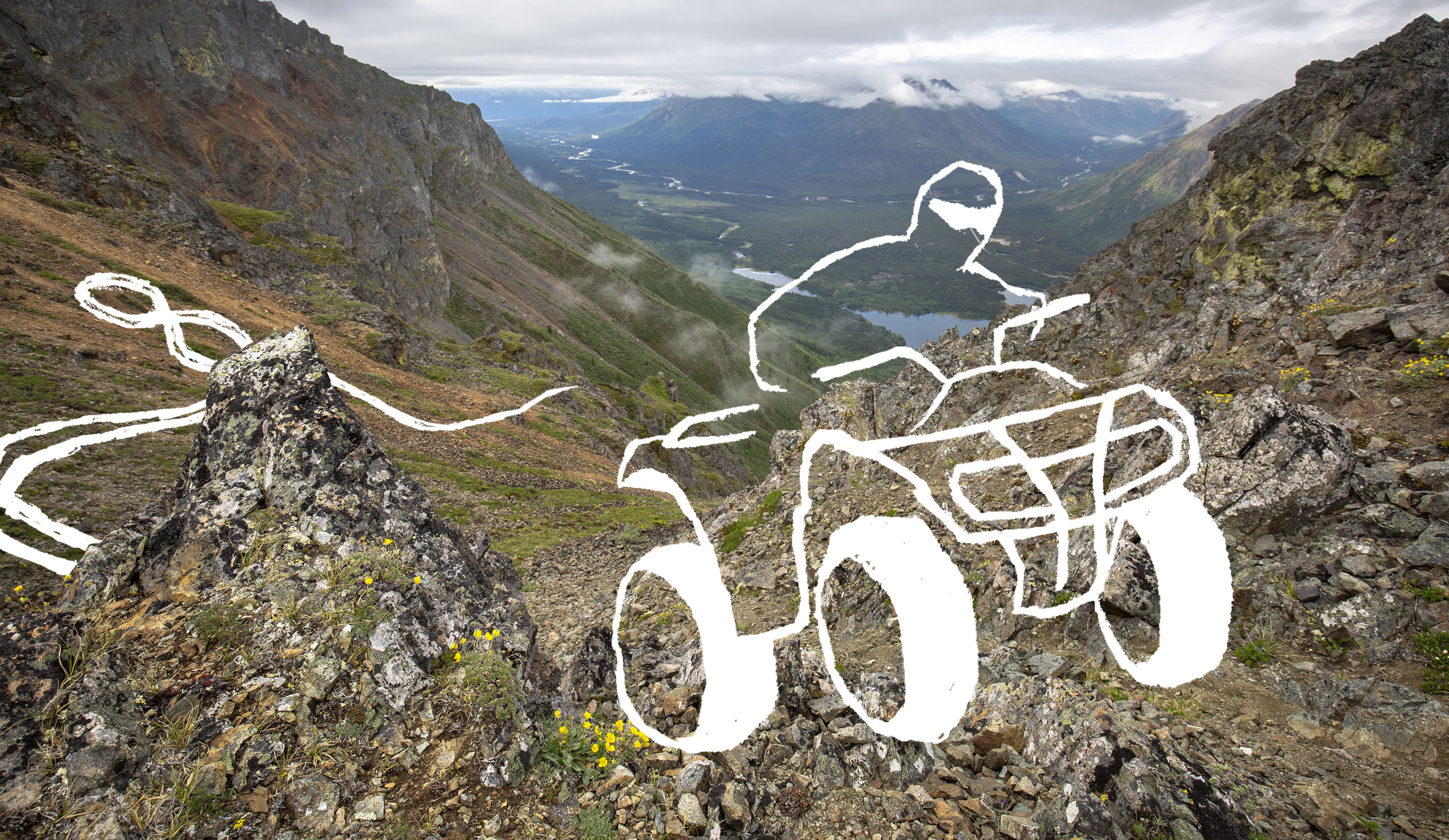
The Yukon urgently needs off-road vehicle regulations
The Yukon urgently needs proactive off-road vehicle (ORV) regulations to protect the territory’s wildlife, and our alpine, wetlands, and backcountry. Yukoners have been calling for such laws since the 1980s. Now we’re finally seeing regulations in the works. Until April 8th the public can comment on the strengths and weaknesses of the proposed measures. [Learn more]
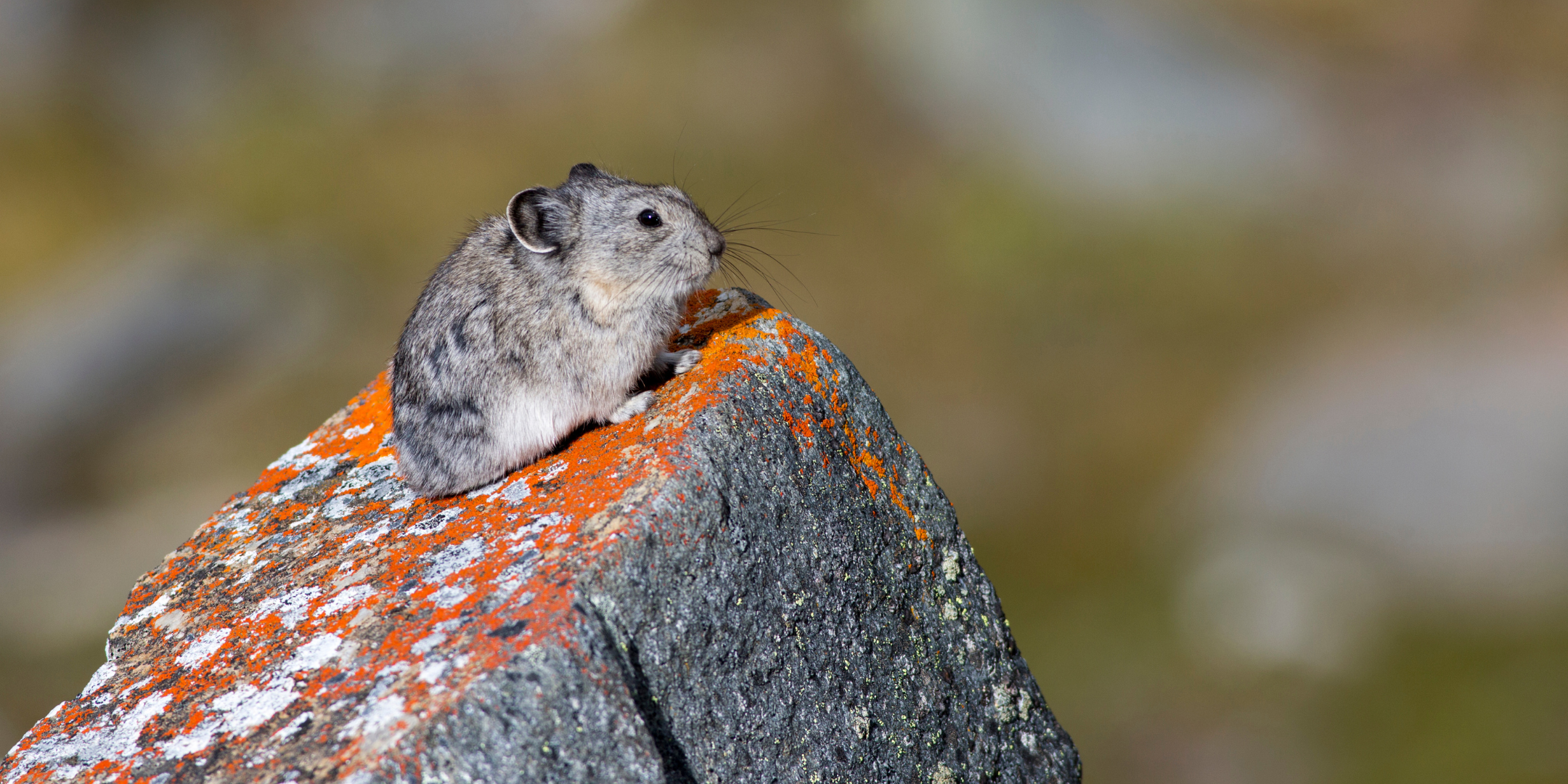
Op-Ed: Do endangered species endanger industries?
Humans have pushed so many species to the brink. Species are vanishing between 100-1000x faster than the natural rate of extinction. Dire circumstances demand bold action. [Learn more]
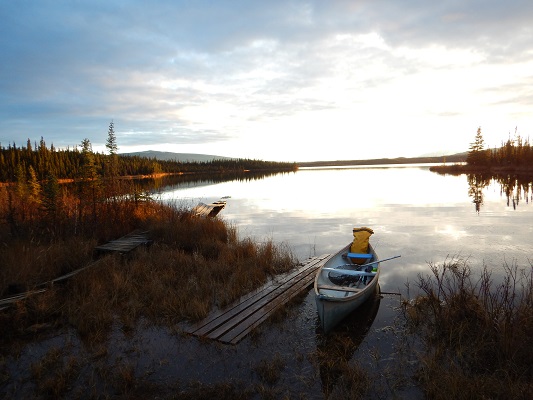
The ATAC Road to Rau would transform the Beaver River Watershed
Almost two years ago, a recommendation from the Yukon Environmental and Socio-Economic Assessment Board (YESAB) cracked the door open for industry to transform the unspoiled wilderness of the Beaver River Watershed, a landscape perched at the Peel Watershed’s southern doorstep. [Learn more]

I read the Draft Environmental Impact Statement on drilling in the Arctic Refuge, so you don’t have to.
Just before the Christmas holidays began, the U.S. Bureau of Land Management released its Draft Environmental Impact Statement (Draft EIS) on oil and gas leasing in the Arctic National Wildlife Refuge. While the rest of my family was decorating trees I was reading about pipelines and processing facilities on the fragile Arctic tundra. While my nieces and nephew put out goodies for reindeer, I was thinking about the Porcupine caribou herd — and how they would suffer if drilling was ever allowed in their calving grounds. [Learn more]
